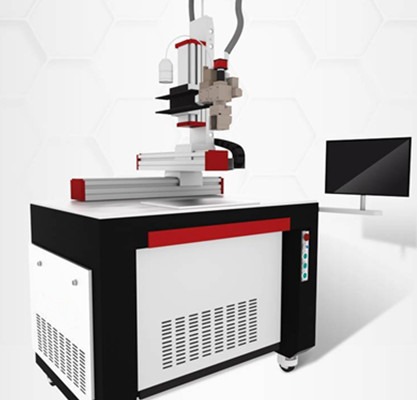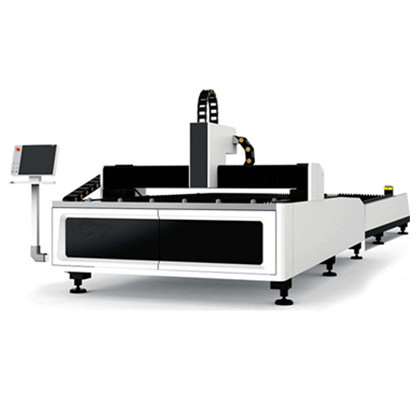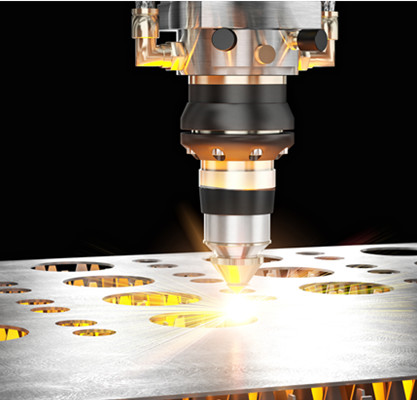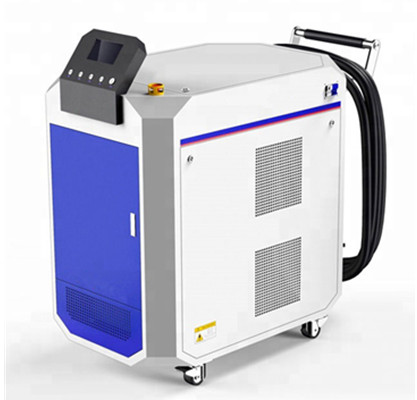 What Materials Can be Welded by Laser Welding Machine and Matters Needing Attention
What Materials Can be Welded by Laser Welding Machine and Matters Needing Attention
Sep 05 2021
The most advanced welding technology in the world today is laser welding. The laser welding machine uses high-energy laser pulses to locally heat the material in a small area. The energy of the laser radiation diffuses into the interior of the material through heat conduction, and the material is melted to form a specific molten pool. It is a new type of welding method, mainly for the welding of thin-walled materials and precision parts, and can realize spot welding, stitch welding, sealing welding, etc., with high aspect ratio, small weld width, small heat affected zone and fast welding speed. , beautiful, no need or simple treatment after welding, small focusing spot, high positioning accuracy, easy to achieve automation. The traditional welding machine technology uses the characteristics of high temperature during welding, and then the welding effect is not good due to the poor temperature and time control. However, since the laser welding machine was launched, its welding effect has been loved by everyone, and More and more companies use laser welding machines for processing and manufacturing. What materials can laser welding machine weld? 1. Die steel Laser welding machine can be applied to S136, SKD-11, NAK80, 8407, 718, 738, H13, P20, W302, 2344 and other types of die steel welding, and the welding effect is good. 2. Carbon steel Carbon steel is welded by laser welding machine, and the effect is good. The quality of welding depends on the content of impurities. In order to obtain good weld quality, preheating is required for carbon content above 0.25%. When steels with different carbon content are welded to each other, the welding torch can be slightly biased to the side of the low carbon material to ensure the quality of the joint. Because the heating speed and cooling speed of the laser welding machine are very fast, so when welding carbon steel. Weld crack and notch susceptibility also increases with increasing carbon content. Both medium and high carbon steels and common alloy steels can be laser welded well, but preheating and post-weld treatment are required to relieve stress and avoid cracks. 3. Alloy steel Laser welding of low-alloy high-strength steels, as long as the selected welding parameters are appropriate, can obtain joints with mechanical properties equivalent to those of the base metal. 4. Stainless steel In general, stainless steel welding is easier to obtain high-quality joints than conventional welding. Due to the high welding speed and small heat-affected zone of laser welding, the overheating phenomenon and the adverse effect of the large linear expansion coefficient during welding of stainless steel are alleviated, and the welding seam has no defects such as pores and inclusions. Compared with carbon steel, stainless steel is easier to obtain deep penetration narrow welds due to its low thermal conductivity, high energy absorption rate and melting efficiency. Welding thin plates with low-power laser welding ca...
View More
 Winter Antifreeze Protection Measures for Laser Cutting Machines & Laser Welding Machines
Winter Antifreeze Protection Measures for Laser Cutting Machines & Laser Welding Machines
 What Materials Can be Welded by Laser Welding Machine and Matters Needing Attention
What Materials Can be Welded by Laser Welding Machine and Matters Needing Attention
 Laser Cutting & Traditional Cutting, Which One is Better?
Laser Cutting & Traditional Cutting, Which One is Better?
 Laser cleaning offers a range of applications
Laser cleaning offers a range of applications